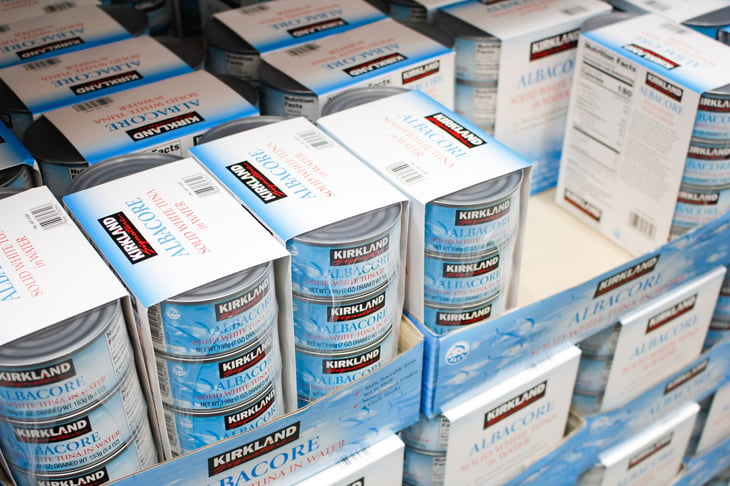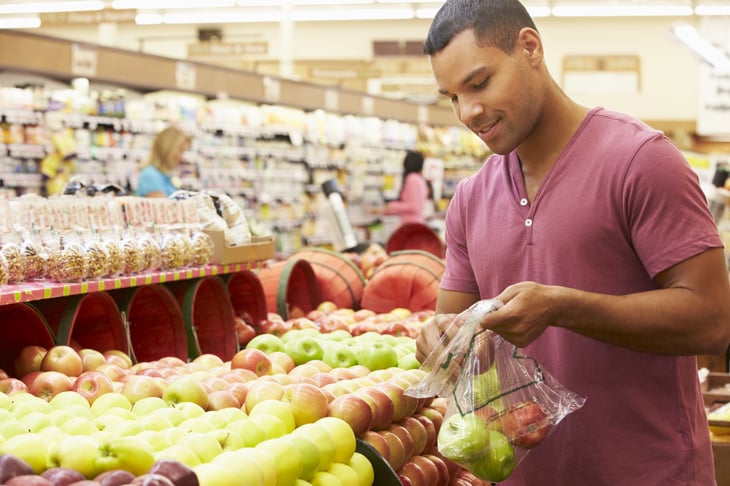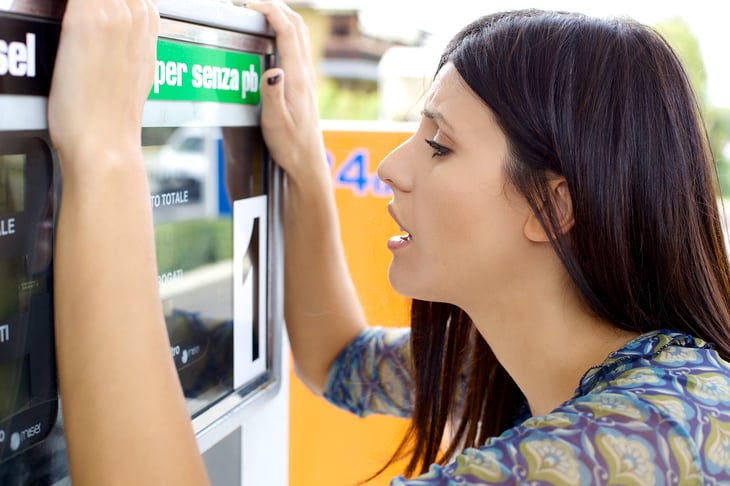
Retirees got a 1.3% cost-of-living adjustment in their Social Security checks this year. That’s one of the lowest COLAs ever, according to the Senior Citizens League, and it’s not keeping pace with inflation.
Mary Johnson, a Social Security policy analyst with the league, analyzed data from the federal Bureau of Labor Statistics. At the end of March, the inflation rate had risen by more than 3% compared with March 2020, when the World Health Organization declared the COVID-19 outbreak a pandemic.
Johnson notes that the fastest-growing expenses during the first year of the pandemic don’t include things like medical costs and prescription drugs. Those costs have gone up, but not as fast as the following types of expenses.
12. Home care of invalids and elderly (tie)

Price increase: 5.9%
A November 2020 study from Genworth Financial found that an increasing demand for home care services and a shortage of skilled long-term care workers were among the factors contributing to the rising cost of in-home care.
12. Haircuts (tie)

Price increase: 5.9%
During the pandemic, some salons have added a “COVID surcharge” to the bill, NBC News reported. This amounted to as much as a 20% price jump in some cases.
11. Canned tuna

Price increase: 7.1%
Tuna prices rose during the pandemic as the fish became more popular, the Wall Street Journal reported. Canned tuna in particular became popular as a relatively cheap source of protein during the economic downtown.
Canned fish also has a longer shelf life, as we note in “20 Things That Are Actually Worth Stockpiling.”
10. Apples

Price increase: 7.4%
Further inflation may be in store for apples. According to the U.S. Department of Agriculture, fresh fruit prices are projected to increase between 2% and 3% during 2021.
We import only about 5% of the apples we eat in the U.S. — and the price of those imports may go up, too. The New Zealand Herald reports that the nation’s apple and pear industries expect to export 14% less in 2021 than they did in 2020 due to labor shortages and shipping issues.
9. Toilet paper and paper towels

Price increase: 7.9%
You probably remember the paper-products shortages early in the pandemic. Now they’re easier to get, but more expensive.
As we recently reported in “7 Household Items About to Get More Expensive,” Kimberly-Clark Corp. and Procter & Gamble are raising prices on paper-based goods, including toilet paper. Rising commodity costs for pulp, recycled fibers and resins are the culprits, according to Reuters.
For help saving money on paper towels by using fewer of them, check out my article “How I Make a Roll of Paper Towels Last All Year.”
8. Used cars and trucks

Price increase: 9.4%
Pandemic-related financial hardship meant fewer people could afford to buy new cars, and more people held onto their cars longer before replacing them, according to J.D. Power. Such factors contributed to a higher demand for and smaller supply of used cars.
Additionally, some states temporarily suspended auto repossessions, which meant fewer vehicles to re-sell.
7. Citrus fruits

Price increase: 9.8%
Fruit juice consumption has been waning in recent years, but the pandemic caused a new demand for orange juice, according to Bloomberg. At the same time, bad weather in Brazil — the world’s top grower of oranges — meant less available fruit.
One Florida juice company reported that its sales of orange and grapefruit juice were up 50% to 90% in spring 2020. When demand goes up and supply goes down, guess what happens to prices?
6. Pork roasts and chops

Price increase: 10.5%
The reason for this price increase is twofold, according to the U.S. Department of Agriculture: high feed costs plus strong domestic and international demand. The U.S. Meat Export Federation reports that pork exports rose by 11% in 2020 compared with the prior year.
5. Beef roasts

Price increase: 11.2%
The same feed costs and international demand that sent pork prices skyrocketing meant pricier beef as well. Another reason, according to the U.S. Department of Agriculture, is supply-chain problems due to winter storms in the Midwest and Texas.
The good news: Beef and veal prices are expected to decrease this year.
4. Home heating oil

Price increase: 20.2%
A continued “moderate rise” in oil prices is expected for the remainder of 2021, according to Oilprice.com. Among the reasons cited are a slow decline in U.S. inventories and shale production, an expected drop in U.S. oil production and a national focus on renewable fuels, recent restricted output by OPEC+ and under-investment by major oil companies.
All this means higher crude oil prices, which in turn means more expensive home heating oil.
3. Gasoline

Price increase: 22.2%
Paying at the pump can be painful these days. According to MoneyWise, six major factors have been driving up costs:
- A rough winter for Texas refineries
- Reduced pandemic demand that caused other refinery shutdowns
- Crude oil price surges
- Anticipated rise in travel due to COVID-19 vaccinations
- Increased spending, and thus prices, due to stimulus payments
- The return of pricier summertime gas blends
All we can say is: Ouch.
2. Laundry equipment

Price increase: 24.2%
Prices started going up in spring 2020 because people who were spending so much time at home decided to upgrade their appliances, according to Consumer Reports. Pandemic-related labor and production issues also slowed down manufacturing.
To make matters worse, a global shortage of microchips has greatly affected appliance manufacturing.
1. Car and truck rentals

Price increase: 31.2%
Your rental car for that long-awaited vacation could cost more than your plane ticket, according to The Washington Post.
Post-lockdown demand for travel is huge. However, rental-car companies sold off many vehicles during the pandemic. Manufacturing replacement vehicles will take time due to that computer-chip shortage. (A typical car has anywhere from 50 to 150 chips.)





Add a Comment
Our Policy: We welcome relevant and respectful comments in order to foster healthy and informative discussions. All other comments may be removed. Comments with links are automatically held for moderation.